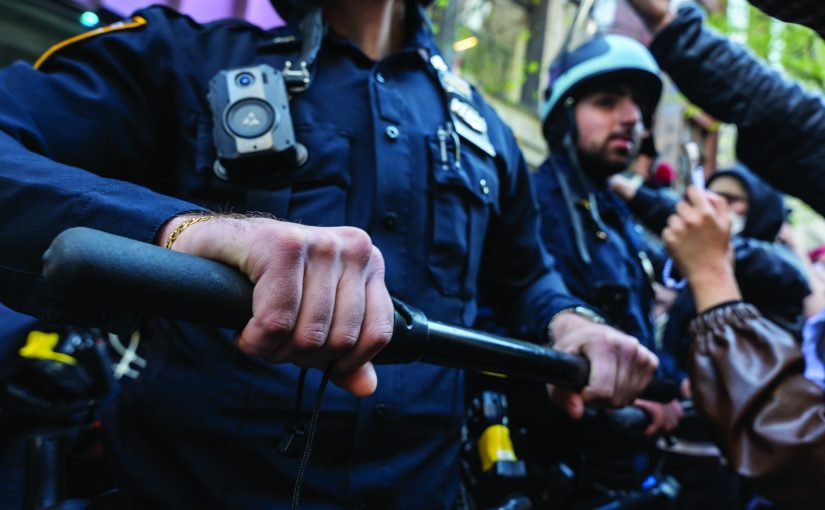The Impact of Stress in Critical Incidents
Performance Impediment or Enhancement?

With the complex diversity and level of skills necessary to effectively execute all that is required of today’s police officer, one might think the training would match that demand. Appropriate training would also provide effective preparation. This would include all the knowledge and abilities required—and would do so in alignment with modern principles of learning as to how information and skills are acquired, retained, integrated with other information, and then effectively used to assess, make decisions about, and resolve difficult situations. However, that supposition may be untrue.
In the police profession, the current view appears to be that high levels of stress in an incident are harmful if not modulated or effectively managed before the officers enter the incident. Some of the literature on the topic still being disseminated propose that the high levels of stress (measured in heartbeats per minute) associated with critical incidents lead first to a deterioration of fine motor skills (starting at 115 bpm) then to a loss of complex motor skills, as well as peripheral and depth perception (120–150 bpm), and then to a complete loss of reasoning and comprehension skills. This complete loss is alleged to occur when an individual’s heart rate reaches 170 bpm.
Some police trainers, in both pre-service and in-service training, attempting to match the fidelity of their training to realistic conditions of performance, have officers perform physical exercise to increase their pulse before conducting skills training. This intention is admirable. Even the reasoning is admirable. However, it also reveals a common misinterpretation of the information available, including an understanding of the function and purpose of stress states or arousal during critical incident performance. High levels of arousal have indeed been related to perceptual, cognitive, and motor failure. But high levels of arousal have also been related to high levels of performance.
Any observation of high levels of performance in athletics belies the myth that high levels of arousal drive perceptual, cognitive, and motoric failure. Even vigorously walking one block can elevate a person’s pulse up to 120 bpm, yet that has no effect on the fine motor, perceptual, or cognitive skills of the walker. Supercross riders will perform the whole race with a pulse over 190 bpm while maneuvering a 220-pound motorcycle on a rutted track, jumping long distances, and simultaneously implementing effective race strategies. Motocross riders, downhill skiers, tennis players on a fast volley, and racecar drivers can hit pulses as high as 200 bpm or more while engaging in effective performance.
The evidence is overwhelming. High arousal and elevated pulse do not automatically result in perceptual distortions, the loss of gross and fine motor skills, or catastrophic cognitive collapse. Good skills training; automatic performance of high-level skills; focused, controlled attention; great judgment; and performance under high levels of arousal are all viewed as facilitators of great performance under high stress. Historically, this has not been the view in the police profession. Successful performance under high levels of arousal is seldom noted in research on police training or in reports on police performance in high-stress situations.
Could it be that police training, not just for patrol duties, but across the curriculum does not comport to modern principles as to how humans acquire, retain, integrate, and successfully implement skills? Then officers may find difficult situations unmanageable when they are challenged in stressful situations for which they may not have the training or experience. They can’t effectively assess, manage, and resolve those difficult situations; thus, they may not perform effectively. Those evaluating the officer’s response then misattribute the error to the stress and not to the apparently deficient training.


